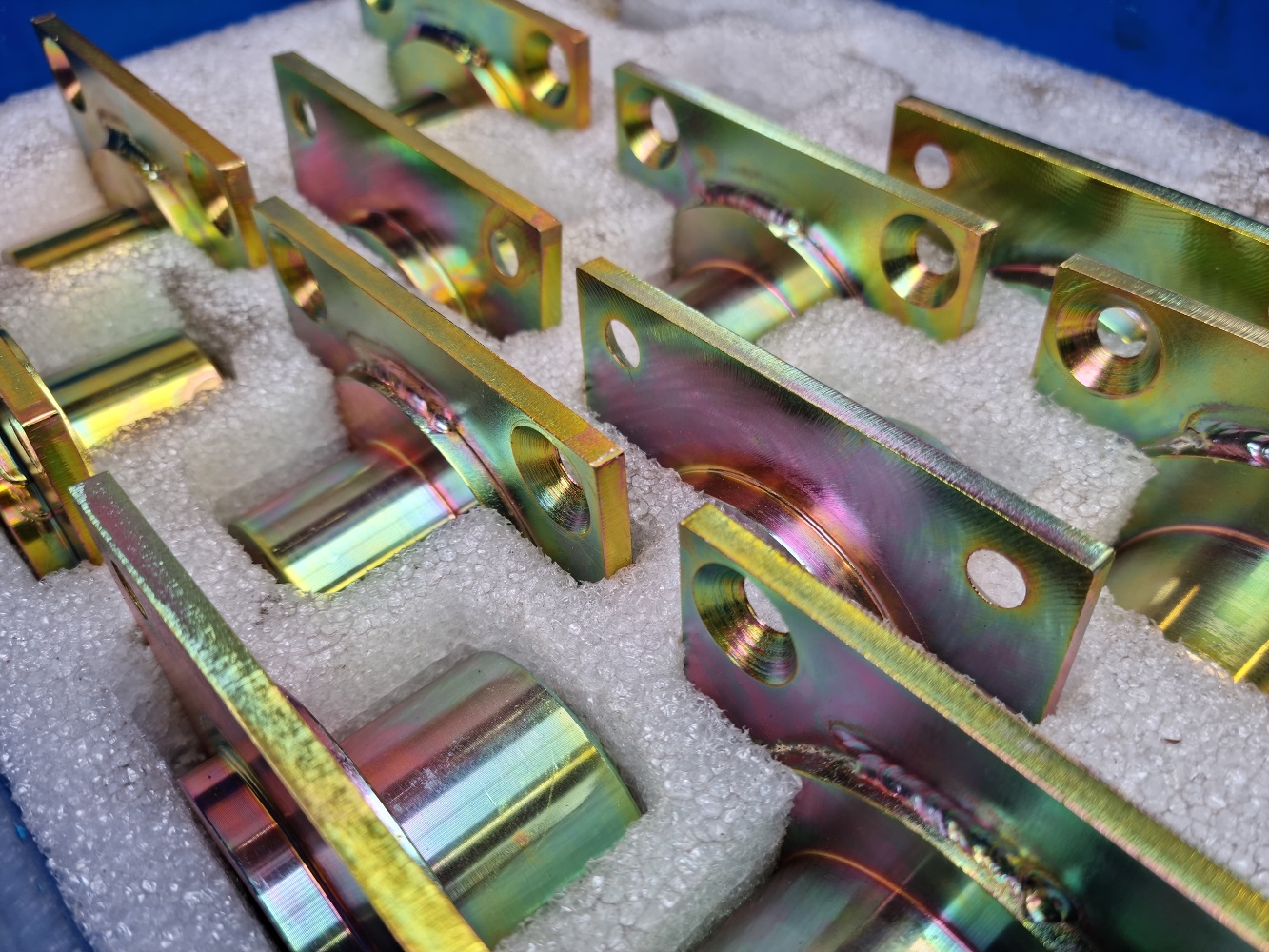What is KANBAN, and how can we help your delivery schedules?
Kanban is an inventory control system; primarily used in “Just in Time” manufacturing. It’s integration into manufacturing was developed by an industrial engineer at Toyota; named Taiichi Ohno.
The process, in its most simple terms, is based on the Japanese translation of Kanban which means “Visual Cards”. Visual cues (often through the use of coloured cards) track production so that new parts or materials can be ordered and fulfilled as they run out.
It works on the basis that the number of components required are pulled from the production line, and in turn from the supplier once used, just at the right time.
Understanding Kanban
The Kanban system is a signal and response system. The signal will be the visual cue; for example on a production line the operator will see that they are running low of the part they use on the line. The operator will then flag this the person responsible for purchasing these items, who will place an order to be fulfilled to replenish the stock.
This is often controlled through the use of box/bag quantities, and minimum re-order points. For example:
- A component part may have a minimum stock quantity of 5 pieces. This means that when stock gets to as low 5 pieces, more will be required to replenish the stock
- The system is set up for the part to be supplied in box quantities of 20 pieces
- The customer will send the supplier the order to replenish the stock based on the box quantity (sometimes done through physically sending a box back to the supplier to be filled and returned)
- As the supplier will hold stock, this can be fulfilled quickly and returned back to the customer
- The stock will then be booked in, and used on the line, and the process is repeated.
Benefits of a Kanban system:
- Physical stock holding on the line, or in stores, is reduced as the supplier controls the stock levels to ensure the Kanban deliveries are made. This also has benefits on other areas of the business; such as:
- Less storage space is needed, so reduces the needs for large stock-holding areas/stores
- Insurance risk is less as you will have less physical stock/assets on site, so should reduce insurance costs.
- Providing the supplier has their own stock levels correct to fulfil the stock, there is no need to wait for manufacturing lead times, as stock should be ready and available.
Disadvantages of Kanban:
- Kanban is only efficient if you have quite a scheduled and consistent pattern in terms of stock usage; and cannot be used on all parts for all companies.
- If you were to put a part on Kanban that can go from 10 pieces per week, to 500 pieces the next, then a supplier would not be able to accurately plan stock to keep the Kanban flow stable.
- Although, once in place, a Kanban system is an efficient process; putting this in place and preparing in advance takes time and careful planning. Before starting a Kanban delivery line; you would have to obtain accurate forecast data for your supplier in advance to factor in initial lead in times; before you can “switch on the tap” for Kanban supply.
We supply a national accessibility company based on the Kanban model; where we have 15 component lines all on Kanban delivery, based on the 3 Bin Kanban System.
The process:
- Based on historical delivery data, plus monthly schedules; we plan production of the parts to keep ensure a minimum stock quantity is always held.
- Each day, we collect empty metal tins, each with a designated part number and quantity labelled on the outside.
- The tins are then filled with the correct part number and quantity from our stocks
- We deliver the filled tins back to the customer, and collect any more empties
- The process repeats daily to keep the flow of stock going
- We then replenish our own internal stocks to match, through raising job cards for manufacture and ordering more raw material where necessary
Examples of parts supplied on KANBAN:
 |
Operation
1. Laser cut plates with countersunk holes 2. Machined (turned blank then milled) bearing boss 3. All welded to specification 4. Zinc + Passivate finish
Quantity supplied per month: 800 |
 |
Operation
1. Brought in standard nuts and bolts 2. Steel angle punched to create bolt holes 3. Steel plate cut and drilled 4. All welded to specification 5. Zinc + Passivate finish
Quantity supplied per month: 600 |


